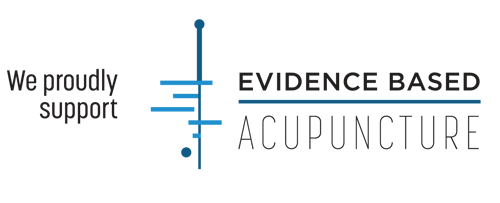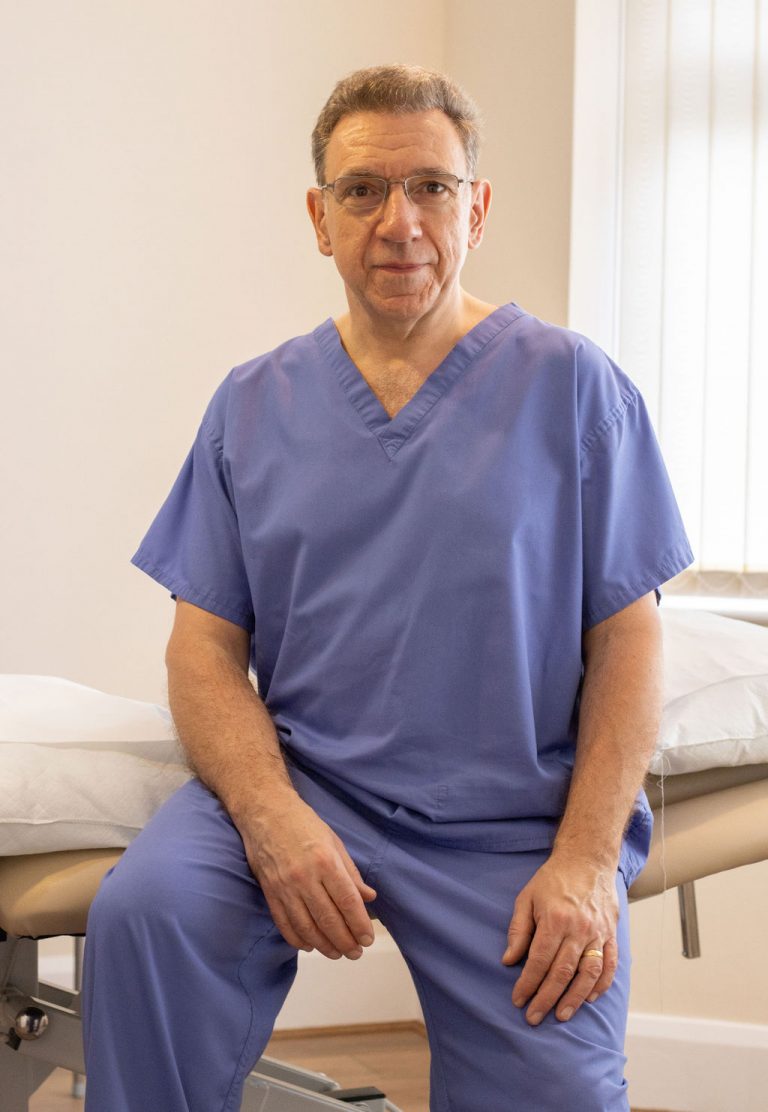What is osteopathy?
Osteopaths diagnose, treat and advise on the prevention of musculoskeletal disorders such as back pain, neck pain, joint problems (shoulder, elbow, knee, hip pain), general stiffness and tension, etc.
There are over 100 osteopathic techniques. Osteopathy is a hands-on treatment that involves highly skilled manipulation of the spine and joints, and massage of soft tissues (muscles, tendons and ligaments) in order to relieve pain and tension.
Your osteopath will explain what they are doing and will always ask your permission before they treat you.







